In memoriam: 10 of England's beloved, long-lost grounds
Every time a club gets a shiny new stadium, it dooms a field of dreams. Vince Taylor, of Groundtastic, reflects on some of the famous old names lost to history...
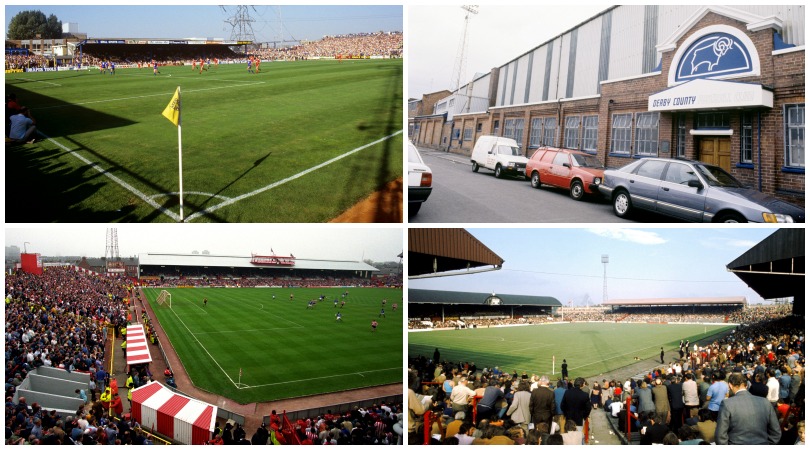
1. Sunderland (Roker Park)
Opened 1897
Closed 1997
Record attendance 22,500
The Roker Roar had a nice alliterative ring to it, but coming up with an equivalent for the Stadium of Light has so far proved beyond the wit of headline writers.
Roker and Ayresome Park were the north-east venues used for the 1966 World Cup – St James’ was adjudged not good enough – and there was a time when one could no more imagine Roker Park being knocked down than one could foresee the closure of the mines and the shipbuilding industry that had long sustained Sunderland.
However, the Taylor Report rendered Roker redundant, unsuitable for the all-seater era, and it closed its gates for the final time in its centenary year of 1997. The site is now a housing estate.
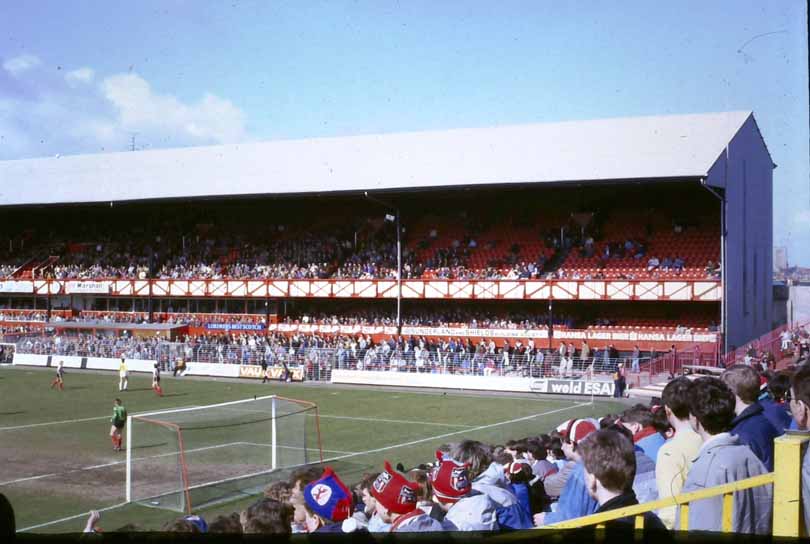
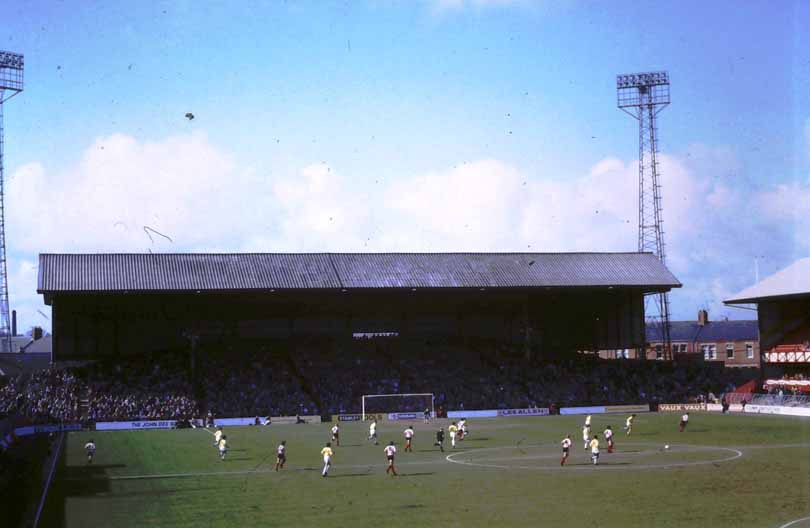
2. Hull City (Boothferry Park)
Opened 1946
Closed 2002
Record attendance 40,179
With many of the grounds in the Football League dating from the Victorian or Edwardian eras, when Boothferry Park opened in 1946 it stood out as a beacon of newness.
Hull City fans certainly took to their new home, with 55,019 watching their FA Cup tie with Manchester United in 1948/49. For a while the ground even had the luxury of its own railway station: Boothferry Park Halt. And by 1963, it had also developed what became part of a staple pub-quiz question: six free-standing floodlights.
Get FourFourTwo Newsletter
The best features, fun and footballing quizzes, straight to your inbox every week.
In 2002, the Tigers left for the swish comforts of the KC Stadium, and Boothferry Park slowly rotted. Tenant supermarkets Kwik Save and Iceland closed in 2007, demolition began in 2008 and the floodlights finally went in 2011. There are now houses on the site.
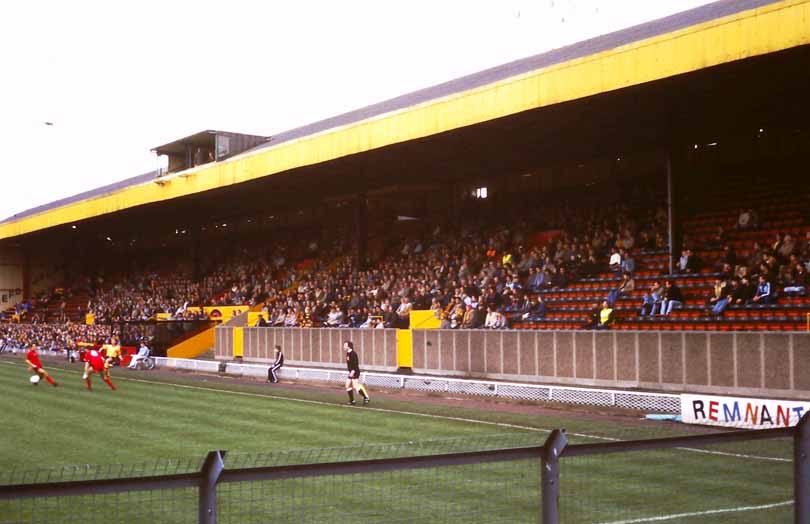
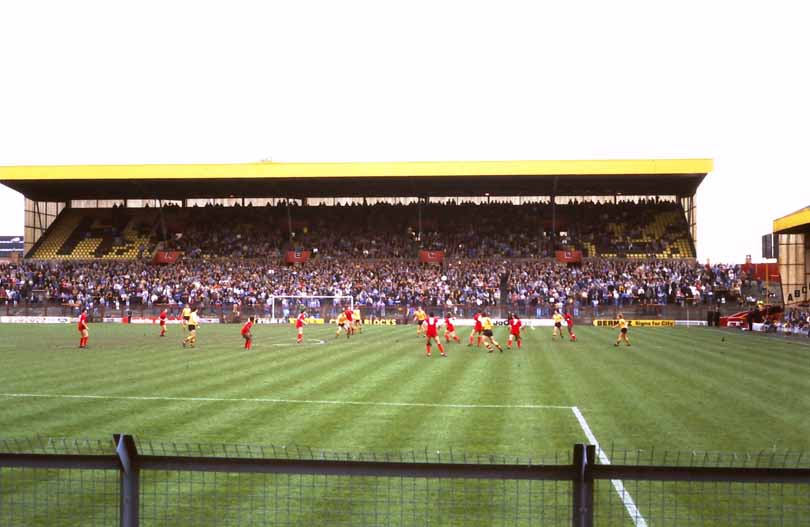
3. Derby County (Baseball Ground)
Opened 1895
Closed 1997
Record attendance 42,000
Brian Clough often spoke about keeping the ball on the ground, but that was easier said than done on some of the mudheaps his Derby County side had to play on at the Baseball Ground.
It did indeed host baseball in its early days; until they moved there in 1895, County had played on a cricket pitch in the middle of a racecourse. The venue certainly improved considerably during Clough's time there: the 41,826 attendance record was set in 1969, when the club was promoted and the new Ley Stand made it one of the few contemporary British grounds to have seating and standing on all four sides.
After Pride Park opened in 1997, Derby’s reserves played at the Baseball until 2003, when it was demolished for housing.
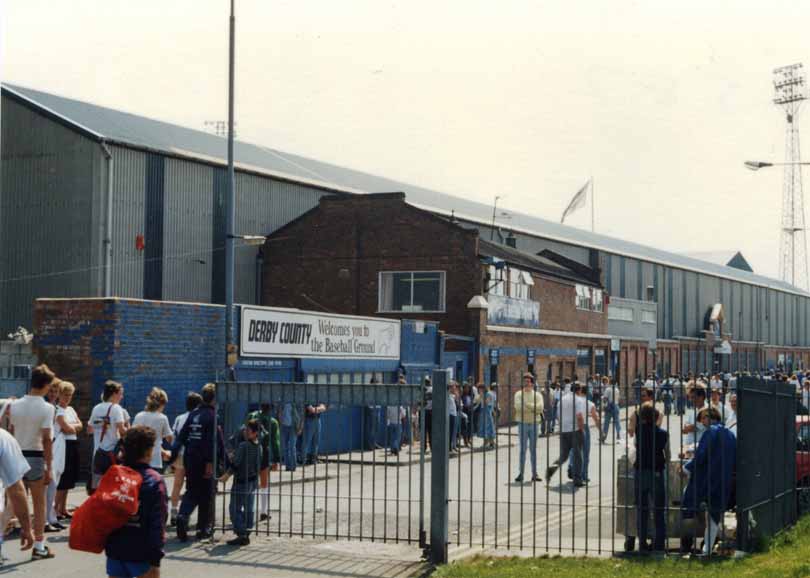
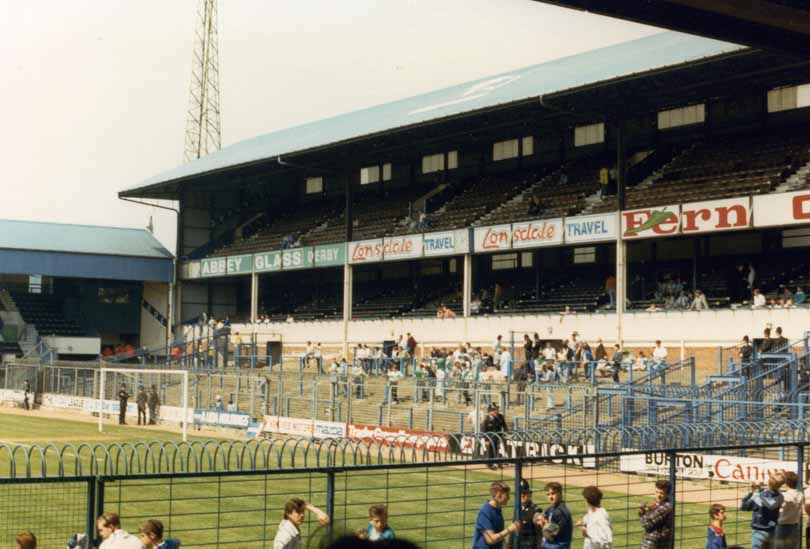
4. Huddersfield Town (Leeds Road)
Opened 1908
Closed 1994
Record attendance 67,037
The British football ground as we knew it before the Taylor Report was largely the invention of a Scottish civil engineer named Archibald Leitch. From 1899 to the Second World War, almost every major ground in the country was either designed by him or else borrowed heavily from his blueprints.
RECOMMENDED Meet Archibald Leitch: The man who invented the football stadium
So when, in the opening decade of the last century, newly formed professional club Huddersfield Town wanted to join the Football League, there was only one man to call. Leitch designed a 4,000-seat Main Stand, the rest was terracing, the capacity was 34,000 and Town were in.
The colossal paddock on the Popular Side was one of the great sights of English football, the Leeds Road End was quickly named the Cowshed for its distinctive barreled roof, while up the other end the Dalton Bank was never covered – and really quite cold for visitors unprepared for a Pennine winter.
The record attendance of 67,037 was set in 1932 for an FA Cup tie against Arsenal, led by former Town title-winner Herbert Chapman. But the capacity was down to 17,000 by the time the Terriers left in 1994 for what was then the Alfred McAlpine Stadium. The RIBA-award winning ‘spaceship’ couldn’t have been more of a contrast to the defiantly old-fashioned Leeds Road.
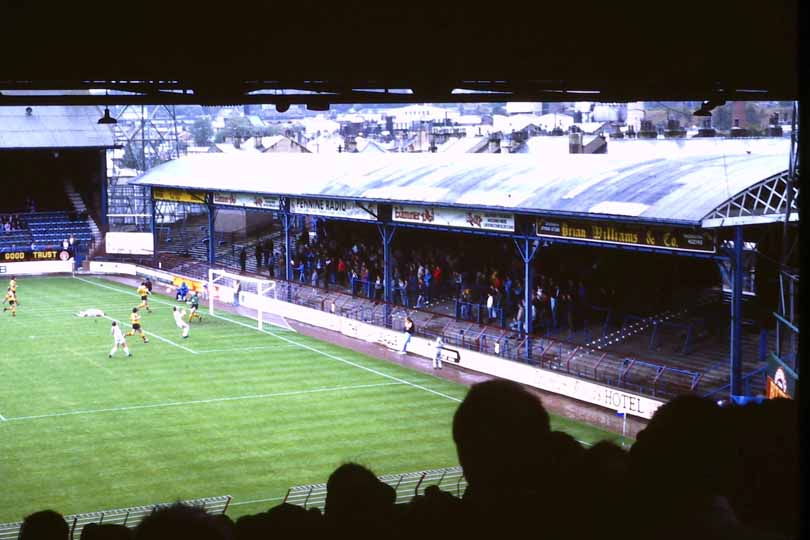
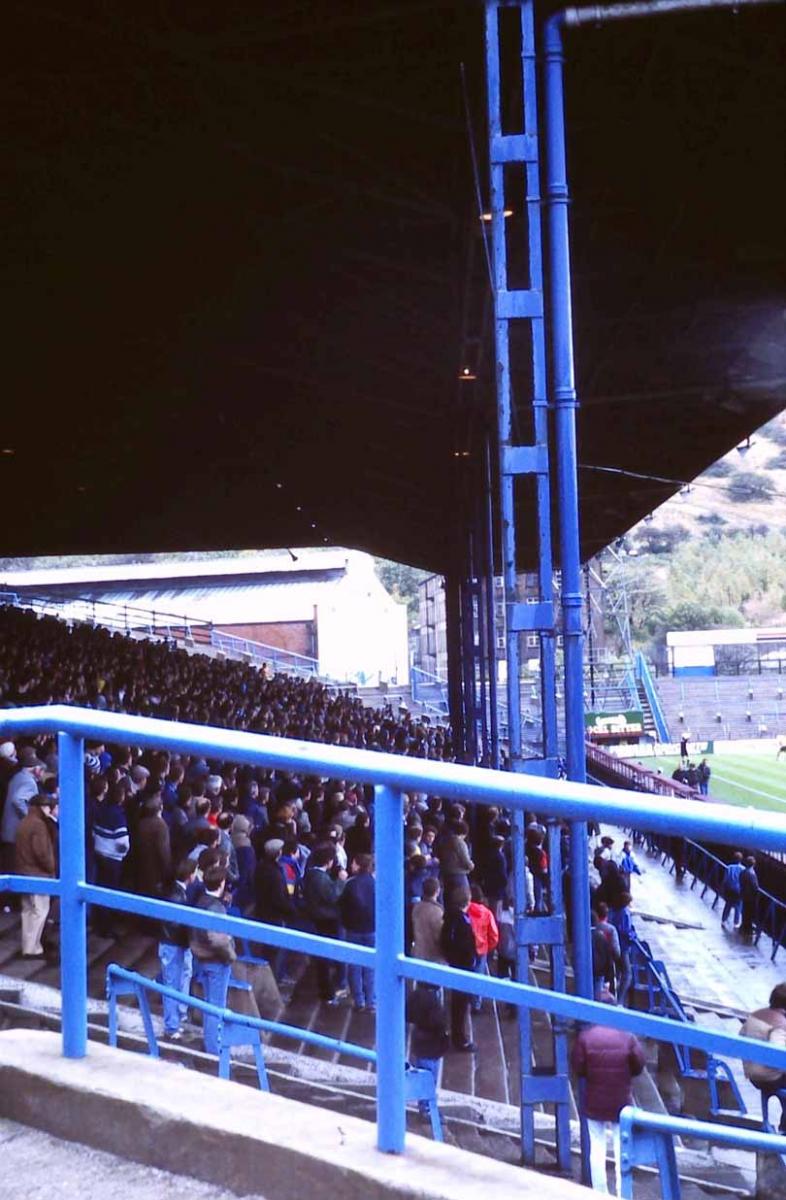
5. Walsall (Fellows Park)
Opened 1896
Closed 1990
Record attendance 25,453
To describe Walsall as one-hit wonders is a trifle unfair, but the match for which the club will always be remembered is the FA Cup Third Round match against Arsenal in 1932/33, which saw the humble Third Division North team defeat high-flying Arsenal 2-0.
A crowd of 25,000 packed into Fellows Park that day, a good many of them occupying the newly opened covered terrace on the Popular Side. As if in thrall to that immortal moment, between Walsall's finest hour and the demolition of Fellows Park in 1990, the fabric of the ground essentially remained the same.
Opened in 1895, it was known as Hillary Street until 1930, when it was renamed after a board member. The Saddlers retained the link with the naming of the HL Fellows Stand at the nearby newbuild Bescot Stadium; the site of Fellows Park is now a Morrisons supermarket.
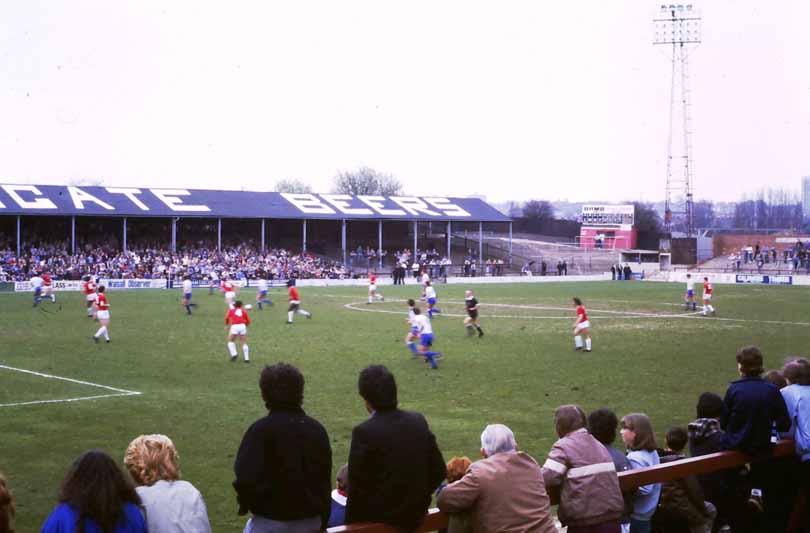
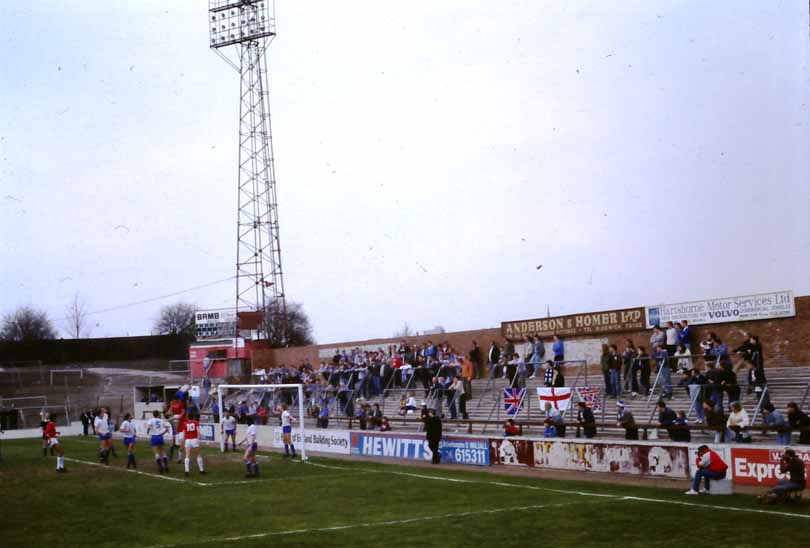
6. Wimbledon (Plough Lane)
Opened 1912
Closed 2001
Record attendance 18,000
Beloved by Wimbledon fans but loathed by visiting players and supporters, Plough Lane went from disused swampland to England’s top flight. Its cramped confines and singular lack of creature comforts entirely suited a team who delighted in scything down the high and mighty.
As Wimbledon rose from the Southern League to the First Division, Plough Lane remained stubbornly unchanged. The Main Stand and prewar South Stand opposite it didn’t stretch the full length of the pitch, the West Terrace had a minimal roof and the (away) Wandle End none at all. But when Wimbledon decamped to Selhurst Park in 1991 for a supposedly temporary groundshare, it was as if the club's soul had been torn out.
Worse was to follow, but there could be better news to come. Such is the enduring pull of Plough Lane, AFC Wimbledon are hoping to return there as part of plans to develop the adjacent Wimbledon Greyhound Stadium.
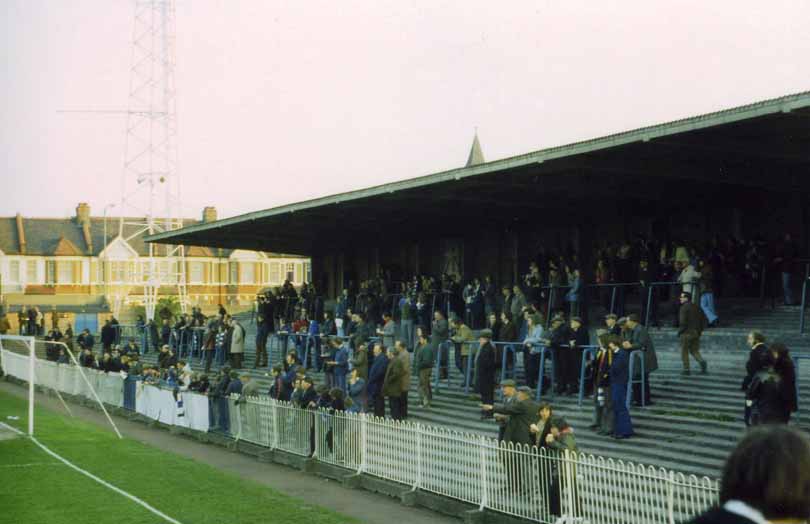
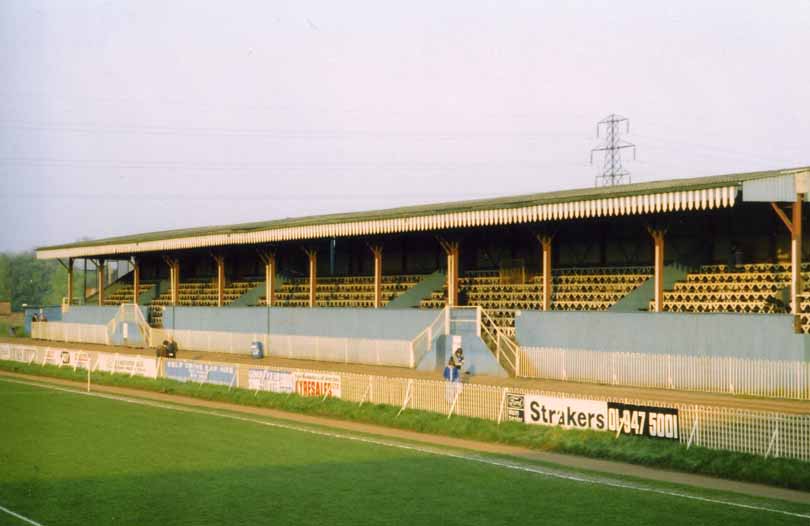
7. Middlesbrough (Ayresome Park)
Opened 1903
Closed 1995
Record attendance 53,802
At one time Middlesbrough had a drawing on their programme cover showing Ayresome Park as the centre-piece of a landscape that included the Middlesbrough Transporter Bridge and numerous chimneys.
Ayresome Park was Teesside writ large, a vivid symbol of a town that once styled itself Ironopolis. Elements of the ground, the North Stand included, lasted all the way from the grand opening in 1903 to the last match in 1995, as Boro sealed promotion back to the Premier League.
The club gates, infamously locked by bailiffs in 1986 forcing Boro to play a home game at Hartlepool, have now been re-erected at the new Riverside Stadium. Ayresome Park had a brief afterlife as Boro’s training ground, but is now a housing estate.
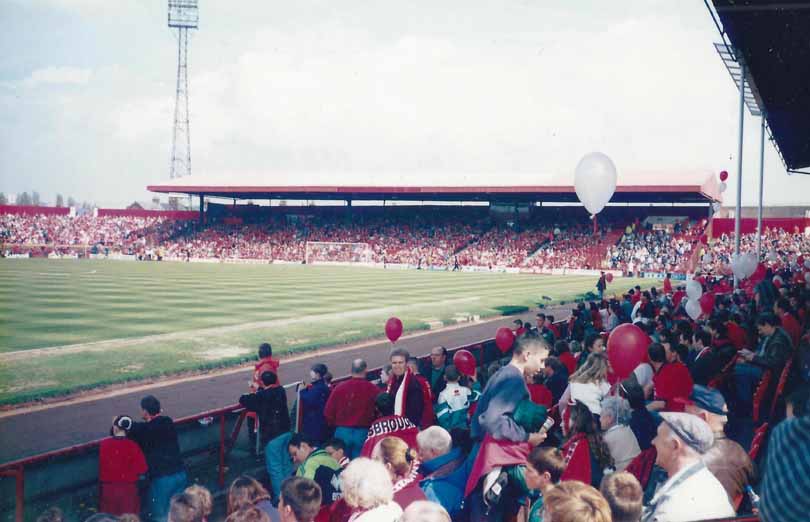
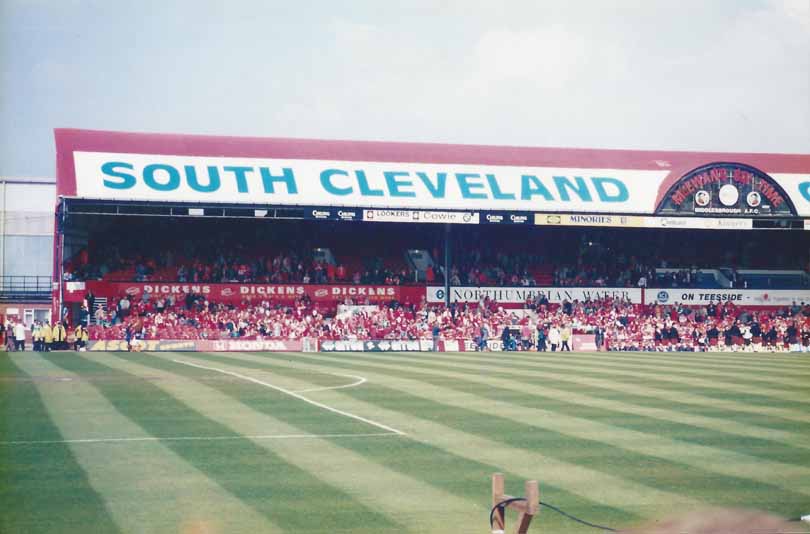
8. Wigan Athletic (Springfield Park)
Opened 1897
Closed 1999
Record attendance 30,443
Opened in 1897, Springfield Park saw off its first four football club tenants – Wigan County, Wigan United, Wigan Town and Wigan Borough, all of whom were dissolved – and was also used for rugby, wrestling, horse-trotting and cycling (the latter accounting for its distinctive curved-bank ends).
Borough made it into the Football League but resigned in 1931, and Wigan waited 47 years before the Latics rejoined the big boys. At that point Springfield Park's capacity was given as a rather generous 30,000, but by the 1990s this had shrunk to a more realistic 7,201.
Dave Whelan had rather grander ideas than a 19th-century oval at which away fans used to skid down the Shevington Road End’s grassy bank. Wigan left Springfield in 1999, and by 2005 had reached the promised land of the Premier League.
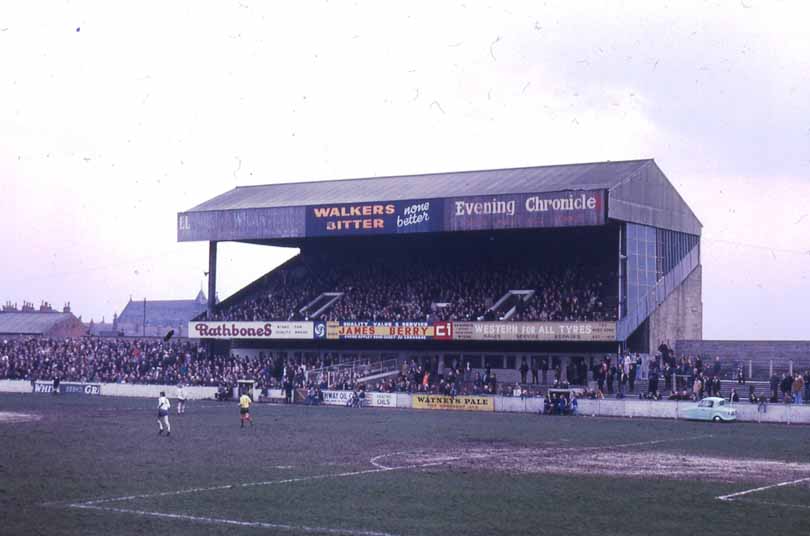
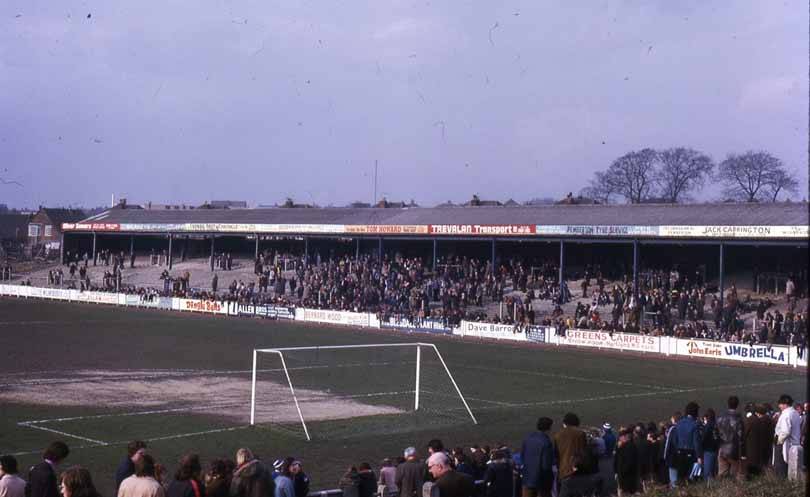
9. Darlington (Feethams)
Opened 1883
Closed 2003
Record attendance 21,023
Of all George Reynolds’ crimes, perhaps the most grievous was the destruction of Feethams. Thanks to his vainglory, in 2003 Darlington left behind a delightful little ground, where the club had comfortably resided since their formation in 1883.
Indeed, for a club nicknamed The Quakers, Feethams was gentility personified. After entering through the turnstiles, home supporters walked past the cricket pitch which predated the football ground – and for many years, fans could switch ends at half-time.
Only once in Darlington's history did average crowds at Feethams exceed 10,000, so how they were going to fill an £18m out-of-town 25,000-capacity stadium was never obvious. Sadly, the loss of Feethams eventually led to the closure of Darlington FC itself, though they quickly reformed as Darlington 1883.
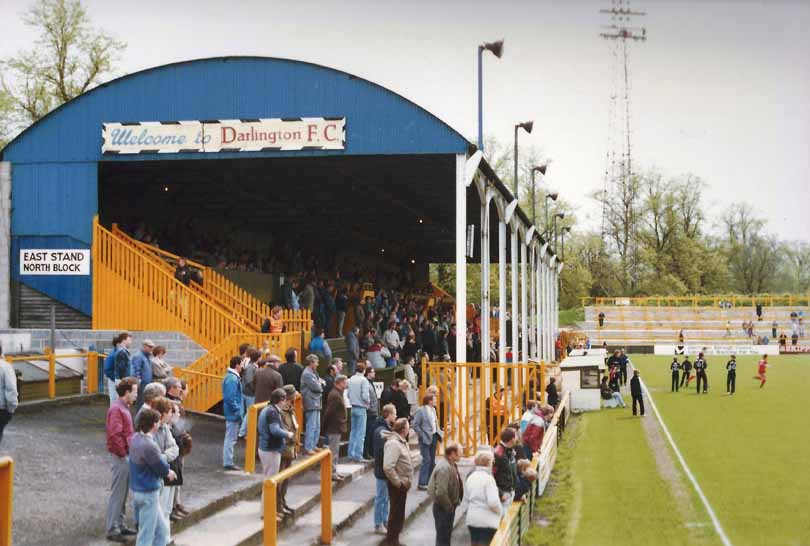
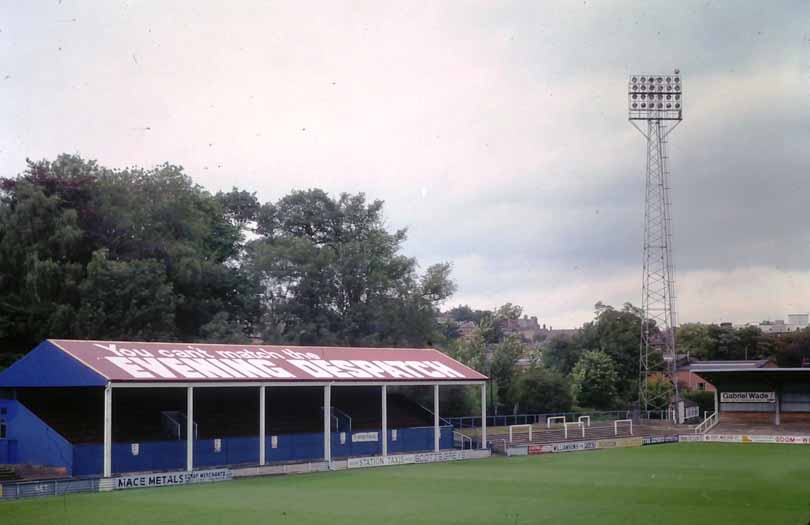
10. Bolton Wanderers (Burnden Park)
Opened 1895
Closed 1997
Record attendance 70,000
Burnden Park is the life-model for LS Lowry's Going To The Match. Its proletarian landscape is entirely of a piece with the rest of Lowry's oeuvre, and make of it what you will, the painting currently hangs on PFA chairman Gordon Taylor's wall.
Professional football first took real root in the north-west of England, and Burnden Park was typical of its era: quirky stands – on the Manchester Road side, the “Wing Stand” suddenly kinked in toward the goal – and vast terraces.
The enormous embankment at the town end of the ground was the site of a 1946 disaster which claimed 33 lives; four decades later, half of it was sold to a supermarket to stave off bakruptcy. Just over a decade later, in 1997, the club relocated, not just from Burnden but from the town itself, to outlying Lostock and the shining edifice of the ground initially known as the Reebok Stadium.
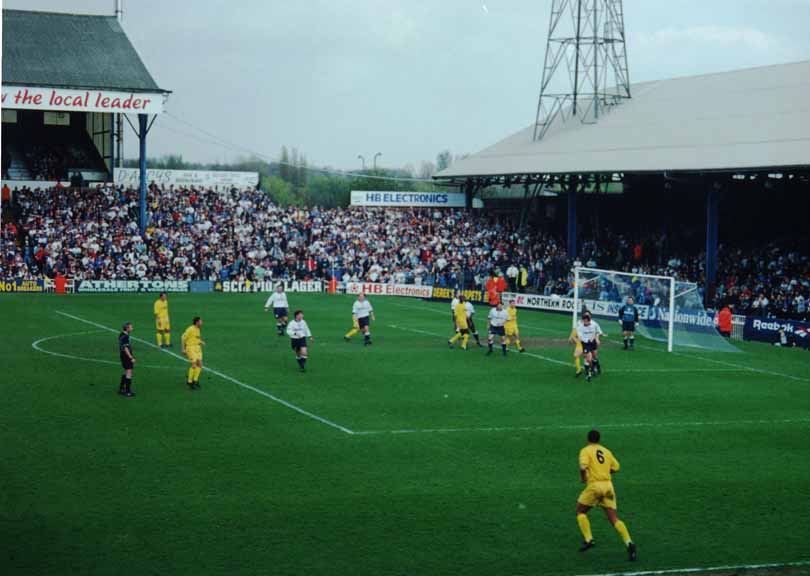
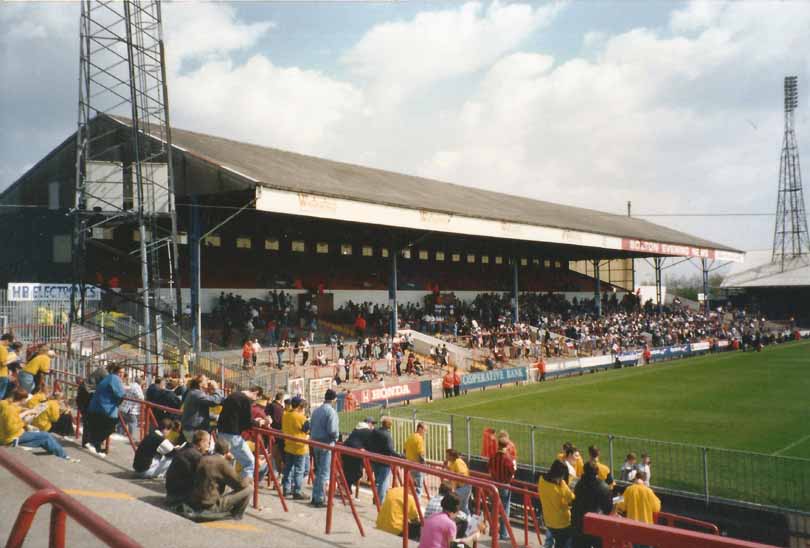
#FFT100STADIUMS The 100 Best Stadiums in the World: list and features here
